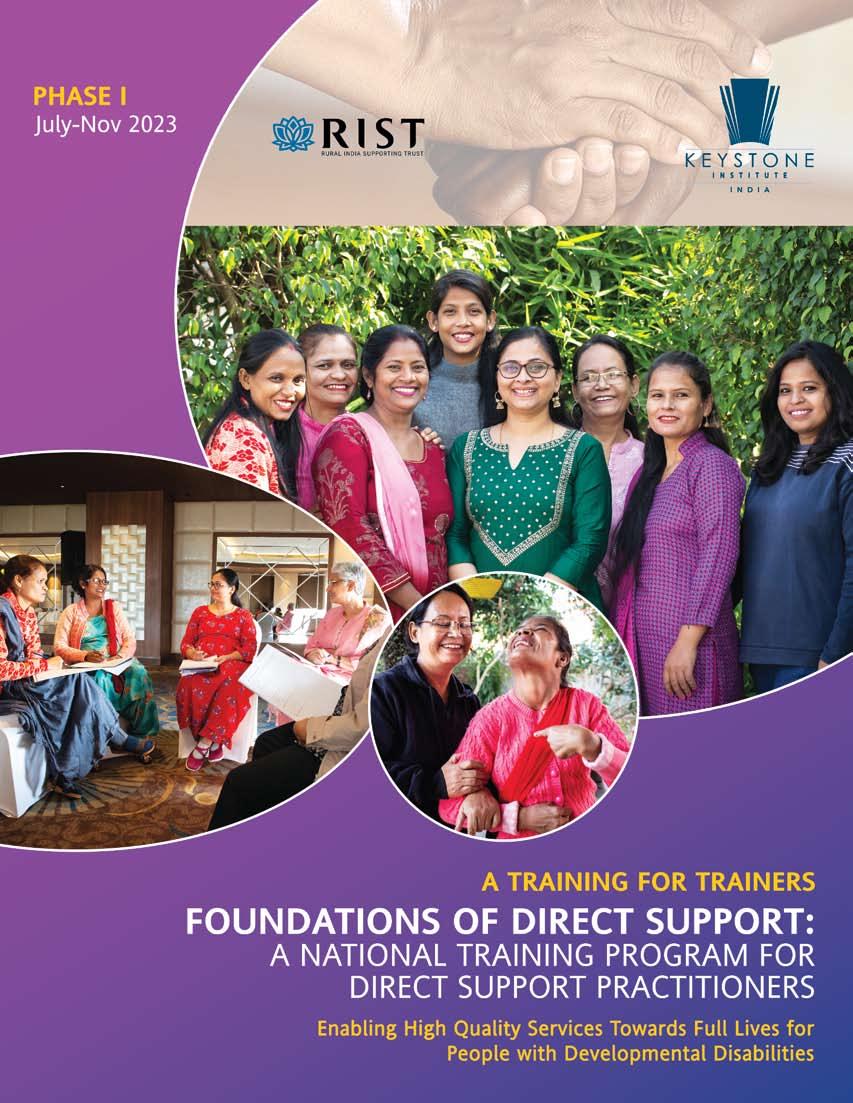
Foundations oF direct support: a national training program For direct support practitioners trainer’s manual Edition 2 July, 2023 phase i Keystone institute india B-6/22, First Floor, Safdarjung Enclave New Delhi – 110029 Tel: 011 49053451/52 | www.keystonehumanservices.org training For trainers
Foundations oF direct support: a national training program for direct support practitioners iii Table of contents i. Welcome Letter v ii. acknowledgements vi iii. schedule vii iV. course overview 1 V. Kii Mentorship 5 Vi. training resources 9 Vii. Modules 15 Module 1: A Deeper Look at Disability 15 Module 2: Understanding Direct Support Services 63 Module 3: Code of Values & Ethics 75 Module 4: Person-Centred Thinking 83 Module 5: Orientation to Social Role Valorization 103
Dear participants,
Welcome to Foundations of Direct Support: A National Training for Direct Support Practitioners, Training of Trainers.
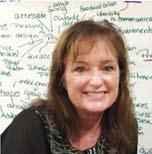
On behalf of Keystone Institute India, we would like to thank you for setting aside significant time and commitment to become master trainers of this rich and new development course to promote the competence of direct support practitioners across India. We realize that time away from typical responsibilities is a major investment of your time and energy, and we are glad that both you and your organization have committed to learning about and teaching Foundations of Direct Support for a new and respected profession within India, all working towards rich, full lives for people with intellectual and developmental disabilities.
In keeping with our commitment to providing high-quality, value based training, Keystone Institute India brings to you a comprehensive training program that will create the second cadre of Master Trainers – YOU are one of them – and who will go on to develop highly competent and sensitive Direct Support Practitioners who can support and empower people with disabilities to lead rich, valued, and meaningful lives.
We are fortunate to have excellent faculty who bring with them decades of experience both on the ground and in training for this course. Many of our faculty are content experts and leaders in this space and are passionate about implementing and training in best practices.
We are also happy and honored that you have taken the time to invest in this rigorous and demanding training course, and we hope that you will leave this event with a passion and commitment to teach others and learn more. We are excited to partner with you and support your endeavours in enhancing the lives of the people you serve.
Elizabeth Neuville and Leela Raj eneuville@khs.org
Keystone Institute India lraj@khs.org
B-6/22, First Floor, Safdarjung Enclave
New Delhi – 110029
Tel: 011 49053451/52

acKnowledgements
This course curriculum and content is a labour of love and intensive research. It brings together the ideas and voices of leading experts across the world including India. We are deeply appreciative to the primary designer and editor of these materials, Leela Raj, Project Leader at KII. Our heartfelt gratitude to content experts Aparna Das, Shampa Sengupta, Parul Kumtha, Nirupa Bhangar, and Milton Tyree and Darcy Elks in the USA. This crucial training would not have been possible without the critical insights and expert reviews from Betsy Neuville, Director, KII, Poonam Natarajan, Merry Barua, Nidhi Singhal, Neelam Sodhi, Geeta Mondol, and Joy Hopkins in Georgia, USA and to them we offer our heartfelt appreciation. Our sincere thanks to Nidhi Anand who made the materials come alive with powerful, visually appealing PowerPoint slide decks. And last but not the least, we offer our gratitude to all the individuals and organizations who willingly contributed their time and feedback in our pilot series the results of which are evident in this training. Finally, gratitude to the Rural India Supporting Trust, our partners in creating change across India in the lives of people with disability and their families. Please respect the work and do not copy or disseminate further. All materials herein are taught with permission from the developers.
vi Foundations oF direct support: a national training program for direct support practitioners
Until next meeting
Participants to review any or all of the prerecorded presentation videos of Modules 1 & 2
Participants to review any or all of the prerecorded presentation videos of Modules 3, 4 & 5
Trainer Formation and Preparation
Phase 1 Wrap up
Foundations oF direct support: a national training program for direct support practitioners vii
PHASE 1 Trainer Preparation DAY TIME ACTIVITY DAY 1 11 July 2023 03.00 PM – 06.00 PM Welcome & Opening Module 1, Section 1 – Disability is Natural Module 1, Section 2 – Myths & Facts
SCHEDULE
DAY 2 13 July 2023 10.00 AM – 12.00 PM Open House
Module 3: Code of Values & Ethics
14
03.00 PM – 06.00
Open House
DAY 3
July 2023
PM
List of Presentation Videos
VIDEo DEMo NAME DEMo PrESENTEr LENgTH of VIDEo LINk 1. Course Welcome and Introductory Remarks Betsy 10 minutes https://youtu.be/14DGDg58i5w 2. A Deeper Look at Disability: Disability is Natural Betsy 14 minutes https://youtu.be/ VpeXWMYAlLM 3. A Deeper Look at Disability: Myths and Facts about Disability Leela 16 minutes https://youtu.be/DJ5YdqUeH70 4. A Deeper Look at Disability: Models of Disability Betsy 22 minutes https://youtu.be/K_37qLdzmBc 5. A Deeper Look at Disability: An Overview of Developmental Disabilities Leela 41 minutes https://youtu.be/dX6sBYXUIvY 6. Understanding Direct Support Services Betsy 34 minutes https://youtu.be/mTLYfPynagE 7. Code of Ethics Leela 18 minutes https://youtu.be/4J_TFCG8gVg 8. Person-Centred Thinking Betsy 41 minutes https://youtu.be/5XkCKDoLpwE 9. The Basics of Social Role Valorization Betsy 67 minutes https://youtu.be/EUE5zBzH_OY
...People learn very quickly when they have a need for the skills and information. If it will change their lives, if it will help them accomplish what is important to them, everyone can become a good learner. We learn complex competencies and knowledge in a matter of weeks, not months or years. And people learn best in community, when they are engaged with one another, when everyone is both student and teacher, expert and apprentice, in a rich exchange of experiences and learnings.
- Margaret Wheatley
course overview
Purpose of Course
The Foundations of Direct Support: A National Training Program for Direct Support Practitioners is a Training Course for Trainers. This course seeks to create a powerful cadre of Master Trainers who will contribute to realizing our shared vision of developing a highly competent professional workforce of Direct Support Practitioners (DSP).
The overarching goal of this course is to create a respected and valued profession of direct support service in India. Grounded on principles of person-centred approaches and Social Role Valorization, this comprehensive training program seeks to develop a professional community of Direct Support Practitioners that is not just sensitive and caring but is also competent and ethical – a trained workforce of professionals who work alongside people with intellectual and developmental disabilities to support and empower them to live rich, full, and meaningful lives.
Trainer Qualifications
Experience in providing training programs to staff and/or families
Commitment to inclusive practices
Excellent English proficiency
Use of the Course Materials
These course materials may be used by persons approved by Keystone Institute India (KII) who have been duly trained.
Brief Course Reports will be submitted by trainers after any modules are taught so their use can be tracked.
Periodic revisions to the course materials will be made by KII and circulated to approved trainers.
The course is recommended to be taught with the modules in sequence.
Part 1 (Modules 1-5) should be taught in its entirety and in sequence. Part 2 (Module 6-14) may be taught in sections and in a flexible sequence, although Trainers are encouraged to use the recommended sequence.
Trainers may personalize the materials in minor ways such as adding trainer photographs, etc., especially in the opening and closing slide sets.
Foundations oF direct support: a national training program for direct support practitioners 3
All materials must remain with the KII and RIST logos and with full credit for development in the
materials and in the participants manuals.
Trainer materials and speaker notes must be protected and safeguarded – they may not be shared
with others.
KII will provide each trainer with participants manual samples in English.
PowerPoint presentations will be available in Hindi, and a few other major languages this first year.
Speaker notes are given as guidelines - trainers may adapt them to suit their own style.
Modules, Sections and Approximate Duration
4 Foundations oF direct support: a national training program for direct support practitioners
MoDULE SECTIoN DUrATIoN (Hrs) PHASE 1 1. A Deeper Look at Disability 1. Disability is Natural 2. Myths & Facts 3. Models of Disability ** Disability Awareness & Sensitization Group Activities 4. Disabilities Overview 1.0 1.0 1.0 1.0 1.5 2. Understanding Direct Support Services 2.0 3. Code of Values & Ethics 1.5 4. Person-Centred Thinking 1.5 5. Orientation to Social Role Valorization 1.5
Community is much more than belonging to something; it’s about doing something together that makes belonging matter.
- Brian Solis
Kii mentorship
kII Support for Trainers
As with all our trainings, KII will provide ongoing support and guidance as you move ahead teaching and training promising and aspiring Direct Support Practitioners:
Keystone Institute India will provide all materials, PowerPoints, speakers notes and trainer training for each module, downloadable and in print if needed.
Keystone Institute India will host an Online FDS Trainer’s Forum for the use of trainer communication, assistance, and networking.
KII is available to support individual trainers with planning and problem solving as needed via a helpline for FDS Trainers.
KII will periodically update and improve the materials based on Trainer experiences. A helpline for trainer support will be provided.
Foundations oF direct support: a national training program for direct support practitioners 7
To discover a new way of coming to know their clients as people, the participating staff must be introduced to a tool that is grounded in the values, beliefs and assumptions of typical citizenship and community.
- Jerry Kiracofe
welcoming & opening
Foundations of Direct Support

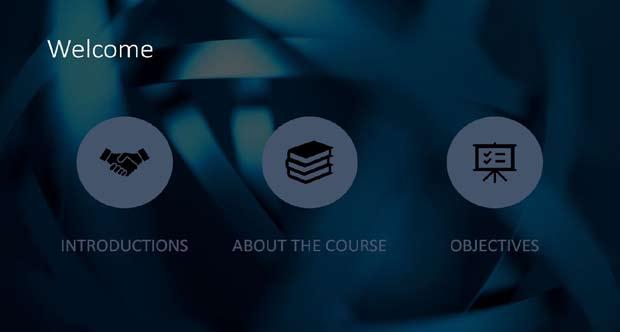
Foundations oF direct support: a national training program for direct support practitioners 11
About the Trainers












12 Foundations oF direct support: a national training program for direct support practitioners
Pathway to Effective Direct Support Practice

Knowledge & Skill Development
Promoting Health & Wellbeing
Positive Approaches to Challenging Behaviour
Community Membership
Family Collaborations and Individual Voices
Laying the Foundation
A Deeper Look at Disability
Understanding Direct Support Services
Code of Values & Ethics
Person-CenteredThinking
An Orientation to Social Role Valorization
Promoting Competence
Sexual Wellbeing
Legal Framework
Advocacy and Activism
Taking Leadership
Wrap Up & Certification
Foundations oF direct support: a national training program for direct support practitioners 13

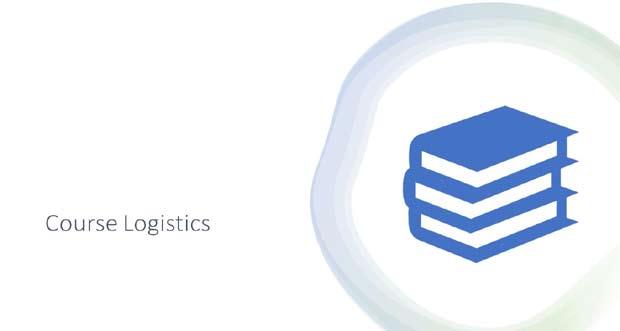
14 Foundations oF direct support: a national training program for direct support practitioners
Disability is a matter of perception. If you can do just one thing well, you’re needed by someone.
-
module 1: a deeper look at disability
Martina Navratilova
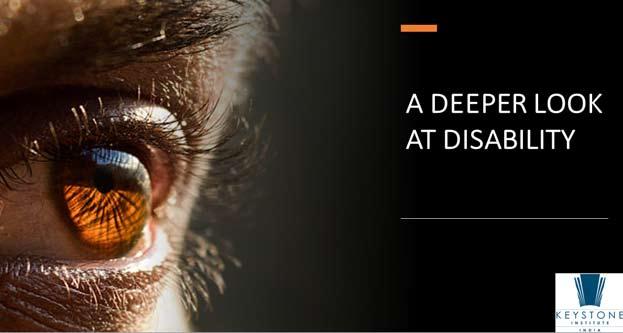
Foundations oF direct support: a national training program for direct support practitioners 17
Module 1: A Deeper Look at Disability
A Simple Fact








18 Foundations oF direct support: a national training program for direct support practitioners
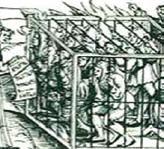
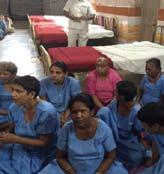
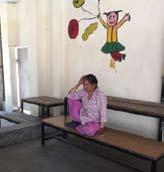

Foundations oF direct support: a national training program for direct support practitioners 19
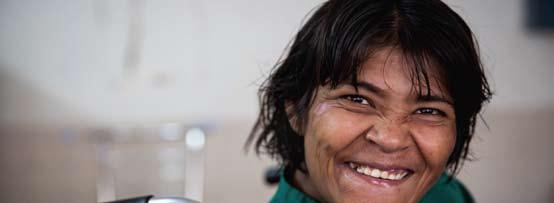
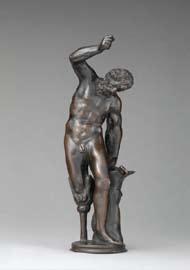

20 Foundations oF direct support: a national training program for direct support practitioners

Foundations oF direct support: a national training program for direct support practitioners 21
People to walk beside you…
22 Foundations oF direct support: a national training program for direct support practitioners • • •
Your Task
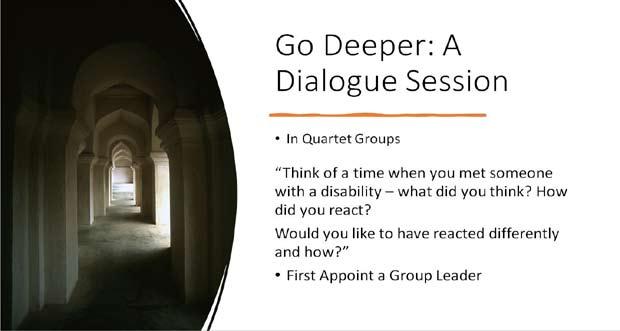
Foundations oF direct support: a national training program for direct support practitioners 23
The Role of Group Leader


24 Foundations oF direct support: a national training program for direct support practitioners
Section 2: Myths and Facts
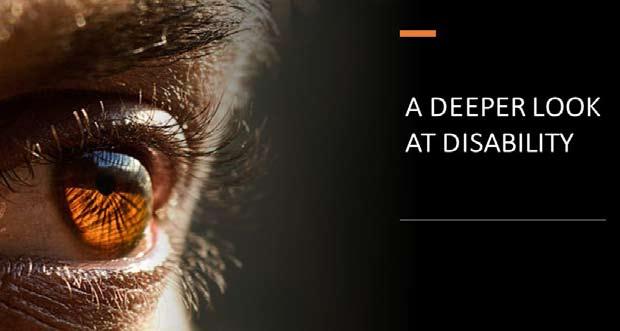

Foundations oF direct support: a national training program for direct support practitioners 25
Myth or Fact?
Disability does not define the identity of the person.
Fact
Disability does not define the identity of the person. Disability is just one aspect of the person.
Myth or Fact?
Non-disabled people are obligated to “take care of” people with disabilities.
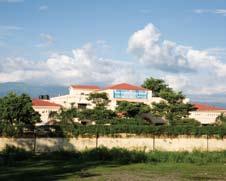

Myth

People may offer assistance to whomever they choose, but most people with disabilities prefer to be responsible for themselves.


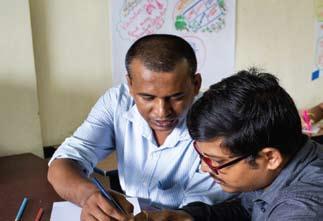
26 Foundations oF direct support: a national training program for direct support practitioners
Myth or Fact?
Wheelchair use is confining; people who use wheelchairs are “wheelchair-bound.”
Myth
A wheelchair, like a bicycle or an automob ile, is a personal assistive device that enables someone to get around.
Myth or Fact?
People with disabilities are more comfortable with “their own kind.”
Myth
People with disabilities like anyone else are most comfortable with people they like and enjoy spending time with.
Foundations oF direct support: a national training program for direct support practitioners 27
Myth or Fact?
People with disabilities are less likely to have accidents than other employees
Fact
Studies find that workers with disabilities perform significantly higher than their counterparts without disabilities in the area of safety.

Myth or Fact?
Curious children should never stare at or ask people about their disabilities.
Myth
Many children have a natural, uninhibited curiosity and may stare or ask questions that some adults consider embarrassing. But scolding curious children may make them think having a disability is “wrong” or “bad”.
28 Foundations oF direct support: a national training program for direct support practitioners
Myth or Fact?
People with disabilities live totally different lives from people without disabilities.
Myth
People with disabilities are people first –they have the same needs, dreams, hopes, and desires like everyone else.
Myth or Fact?
Most people with disabilities cannot have sexual relationships.
Myth
People with disabilities, like other people, are sexual beings.
Foundations oF direct support: a national training program for direct support practitioners 29
Myth or Fact?
People with disabilities deserve pity.
Myth!
People with disability do not suffer because of their disability. Having a disability does not automatically mean a poor quality of life.
Myth or Fact?
People with disabilities can lead a productive and a fulfilling life.
Fact!
People with disabilities are capable of participating fully in community life just like their peers without disabilities. The challenge is to focus on their abilities not on their limitations.
30 Foundations oF direct support: a national training program for direct support practitioners
Myth or Fact?
People with disability are sick and in constant pain.
Myth!
People with disabilities are like people without disabilities –they get sick on occasion or sometimes may be in pain.

Myth or Fact?
Some disabilities may not be visible.
Fact
Not every disability is physical or can be easily seen.
Foundations oF direct support: a national training program for direct support practitioners 31
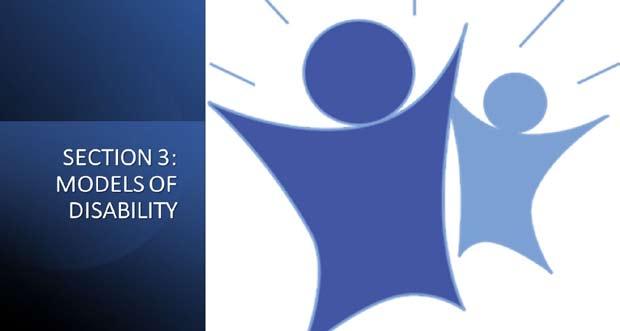
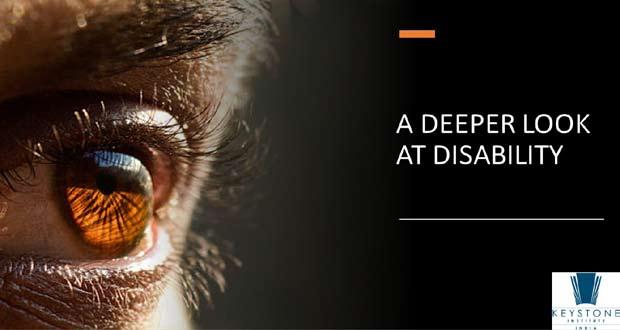
32 Foundations oF direct support: a national training program for direct support practitioners


Foundations oF direct support: a national training program for direct support practitioners 33 • • • • The Moral/Religious Model 01 Provides definitions of disability Purposes 02 Provide cause and responsibility explanations 03 Guide the formulation and implementation of policy 04 Determine which academic disciplines study and teach the disability experience 07 Influence professional practice 06 Powerful influence on public perception 05 Capacity to shape the selfidentity of PWDs
The Medical Model

34 Foundations oF direct support: a national training program for direct support practitioners
• • • •
- Henderson & Bryan, 2011
-Niemann, 2005
The Charity Model


Foundations oF direct support: a national training program for direct support practitioners 35
• • •
•
-Johnstone, 2012
-Carlson, 2010
The Social Model


36 Foundations oF direct support: a national training program for direct support practitioners • • • •
-Duyan, 2007
-Fundamental Principles of Disability, UPIAS, 1976


The Human Rights Model

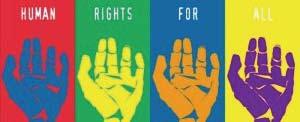
Foundations oF direct support: a national training program for direct support practitioners 37
-Purtell, 2013



38 Foundations oF direct support: a national training program for direct support practitioners
-Quinn & Degener, 2002
the power oF words & respectFul language (handout)
PoSITIVE worDS
Winner Love Pride Fair Strength Enable Allow Able
Unique Choice Possible Include Capable Potential Support
Talent Assist
Determined
Empower
Enduring
Engage Accept
Befriend
Embrace Care Help
NEgATIVE worDS
Loser
Hate
Shame
Unfair
Weakness
Disable Restrict
Unable
Handicapped Forced Impossible
Exclude Crippled
Confined
Condemn
Deficit
Impair
Lazy Control
Suffering
Disengage
Reject Ignore Avoid Bother
Dependent
Foundations oF direct support: a national training program for direct support practitioners 39
Words can make you feel a certain way. The words you use can affect how other people feel and how you act towards them. The positive words on this Worksheet can help you treat others in a more respectful way. YOU HAVE THE POWER TO CHOOSE HOW YOU USE WORDS.
The words we use when talking to or describing others can be very powerful. Sometimes the negative words we use about disability causes us to see what the person cannot do before we see their abilities. For example, when you say handicapped, you automatically look at that individual’s challenges. Instead, say someone with a disability… See the PERSON before the disability. People with disabilities are people like everyone else.
Disability is natural; it does not make a person less valuable to society. When we interact with people with disabilities we should focus on their unique personal characteristics instead of defining who they are based on their disability. Having a disability is not a “problem”, it is a natural part of life. The words we use have the power to build positive images about disability.
Respectful language is important to everyone and especially so for people with disabilities as it conveys respect and acknowledgement that they are viewed as a person with his or her unique identity and an identity beyond the disability. The words we use to describe one another can have an enormous impact on the perceptions we and others have, how we treat one another, mutual expectations, and how welcome we make people feel.
Here are a few guidelines that explain preferred terminology and offer suggestions for appropriate ways to describe people with disabilities.
1. Do not focus on a disability unless it is crucial to a situation. Avoid tear-jerking human interest stories about incurable diseases, congenital impairments, or severe injury. Focus instead on issues that affect the quality of life for those same persons, such as accessible transportation, housing, affordable health care, employment opportunities, and discrimination.
2. Do not portray successful people with disabilities as superhuman. Even though the public may admire super-achievers, portraying people with disabilities as superstars raises false expectations that all people with disabilities should achieve at this level.
3. Do not sensationalize a disability by saying afflicted with, crippled with, suffers from, victim of, and so on. Instead say person who has multiple sclerosis or man who had polio.
4. Do not use generic labels for disability groups, such as “the retarded,” “the deaf.” Emphasize people, not labels. Say “people with intellectual disabilities” or “people who are deaf”.
5. Put people first, not their disability. Say “woman with arthritis,” “children who are deaf,” “people with disabilities.” This puts the focus on the persons, not the particular functional limitation. Crippled, deformed, suffers from, victim of, the retarded, infirm, etc. are never acceptable under any circumstances.
6. Emphasize abilities, not limitations. For example, say: “uses a wheelchair/braces,” “walks with crutches,” rather than “confined to a wheelchair,” “wheelchair-bound” or “is crippled.” Similarly, do not use emotional descriptors such as “unfortunate,” “pitiful,” and so forth.
7. Do not imply disease when discussing disabilities that result from a prior disease episode. People who had polio and experience its aftereffects years later have a post polio disability. They are not
40 Foundations oF direct support: a national training program for direct support practitioners
currently experiencing the disease. Do not imply disease with people whose disability has resulted from anatomical or physiological damage (e.g., person with spina bifida or cerebral palsy). Reference to a disease associated with a disability is acceptable only with chronic diseases, such as arthritis, Parkinson’s disease, or multiple sclerosis. People with disabilities should never be referred to as “patients” or “cases” unless their relationship with their doctor is under discussion.
8. Promote that people with disabilities are active participants of society. We know that persons with disabilities interacting with non-disabled people in social and work environments help break down barriers and open lines of communications.
9. And last, but most importantly, respect the person’s preference in the way they are referred to or described.
Examples of respectful Language (by kathie Snow)
SAY INSTEAD of
People with disabilities
He has a cognitive disability/intellectual disability
She has autism
He has Down syndrome
She has a learning disability
He has a physical disability
She’s of short stature/she’s a little person
He has a mental health condition
She uses a wheelchair
He receives special ed services
She has a developmental delay
Children without disabilities
Communicates with her eyes/devices/etc.
Congenital disability
Brain injury
Accessible parking, hotel room, etc.
She needs…. or she uses…..
The handicapped or disabled
He’s mentally retarded
She’s autistic
He’s Down’s; a mongoloid
She’s learning disabled
He’s a quadriplegic/is crippled
She’s a dwarf/midget
He’s emotionally disturbed/mentally ill
She’s confined to/is wheelchair bound
He’s in special ed
She’s developmentally delayed
Normal or healthy kids
Is non-verbal
Birth defect
Brain damaged
Handicapped parking, hotel room, etc.
She has a problem with….
She has special needs
Foundations oF direct support: a national training program for direct support practitioners 41
respectFul language exercise
Handout to be given to participants prior to this exercise.
HANDoUT (Power of words and respectful language)
Respectful Language Exercise
Cut out the word pieces for each group:
y
y
y
y
y
y
Group 1: Jaspreet is a talented student who uses a wheelchair because she has paraplegia.
Group 2: Kishore has a learning disability which makes reading a challenge for him.
Group 3: Chandni assists her friend who has a visual impairment through the dark passage.
Group 4: Sarita has cerebral palsy and uses an electronic device to communicate.
Group 5: Harpreet has intellectual disability and needs help with daily living skills.
Group 6: Yami has ADHD which makes it difficult for her to concentrate in class.
Put the word pieces for each group into separate bags (e.g. Ziploc) and label the bags with group numbers.
Divide the participants into groups.
Instructions for students:
y
y
y
y
group 1
Create sentences from the word pieces in the bag assigned to you.
There are no punctuation marks so it is your responsibility to put them in where required.
The sentences you create should NOT use negative words.
You may refer to the “Power of Words” handout you have received for help.
Best possible sentence: Jaspreet is a talented student who uses a wheelchair because she has paraplegia
Jackie is a talented student who uses a wheelchair because she has paraplegia handicapped confined is crippled restricted lazy loser
42 Foundations oF direct support: a national training program for direct support practitioners
group 2
Best possible sentence: Kishore has a learning disability which makes reading a challenge
Kiran has a learning disability which makes reading a challenge for him is disabled weakness impossible students ignore him reject learning group 3
Best possible sentence: Chandni assists her friend who has a visual impairment through the dark passage Cathy assists Her friend who has a visual impairment through the dark passage suffers from avoids in is unable to help group 4
Best possible sentence: Sarita has cerebral palsy and uses an electronic device to communicate
Savita has cerebral palsy and uses an electronic device to communicate is crippled relies on is restricted using is a loser group 5
Best possible sentence: Harpreet has intellectual disability and needs help with daily living skills
Harpreet has intellectual disability and needs help with daily living skills is mentally retarded disabled is stupid she has no friends group 6
Best possible sentence: Yami has ADHD which makes it difficult for her to concentrate in class
Yami has ADHD which makes it difficult for her to concentrate in class impossible restricts learning is a weakness handicap
Foundations oF direct support: a national training program for direct support practitioners 43
Activity (10 minutes)
Break up the participant group into smaller groups of 4 each.
Give each group a Respectful Sentence Activity word bag.
Explain the activity to the participants.
Give participants 5 minutes to create their “Respectful” sentence.
on the board.
After each group has created their sentence, have a member from each group write their sentence
As a group, go over each sentence making corrections and revisions as necessary.
reflection (5 minutes)
Have participants engage in discussion about the activity. Sample questions to ask:
What was the experience like to create the sentence?
Was it easy to separate the words that brought up positive images from the negative ones?
Do you think you can practice Respectful Language when communicating with others?
44 Foundations oF direct support: a national training program for direct support practitioners
disability awareness & sensitization activities
Autism & Attention Deficit/Hyperactivity Disorder
This activity is designed to show how people with autism and/or ADHD are bothered by things most people don’t notice and in people with the latter affect their ability to concentrate. People with autism are often extra sensitive to noise, movement and even things like background noises most of us don’t notice. Remember, not everyone with autism or ADHD has these problems.
Divide the class into groups of 5. Explain that they will each have a job to do. Go over their jobs and tell them they will start when you give the signal.
One participant in each group will play the part of someone with autism. The other 4 people each have different jobs:
Person #1 - You will play the part of a person with autism. Your job is to try and listen to what
Person #5 is reading to you so you can take a test on the material. Try to ignore everyone else.
Person #2 - Stand behind the participant playing the part of someone with autism. Rub the edge of an index card (or piece of cardboard) against the back of their neck. You do not need to rub hard, but keep doing it over and over.
Person #3 - Grab a book (any book will do), lean close to Person #1 and read in a loud voice the entire time.
Person #4 - Pat Person #1 on the head and shoulder the entire time.
Person #5 - Using a normal voice, read a paragraph to Person #1 then ask them questions about what you read. Do NOT try to drown out the other noises.
Have all the participants take a turn being Person #1 before you discuss it. How did it feel to have so much commotion going on? Did it make them want to scream or get away? Were they able to concentrate on the paragraph being read? What might have helped?
Autism is a developmental disability that usually appears during the first three years of life. The cause is unknown. It affects how a person’s brain works, but not all people with autism are affected the same way.
Foundations oF direct support: a national training program for direct support practitioners 45
Intellectual Disability
Activity 1 – Difficulty understanding
Have 2 participants sit back to back. Give one participant a paper with an abstract shape on it (page 11 of Disability Awareness Packet). Without seeing each other, he/she must explain to the other participant how to draw the shape.
Give the second participant a pencil and piece of paper. He/she must draw the shape following the first participant’s directions.
What were the problems? What would have helped?
Activity 2 – How it feels
Make a paper copy for each participant of the “German Test” on page 12 and “Test your awareness” on page 13 of the Disability Awareness Packet.
Hand out the “German Test”. Tell them they have 5 minutes to read the paragraph and answer the questions. Tell them it is an easy test and all the answers are right there in the paragraph. When participants complain they can’t do it, tell them to “try harder”. As soon as the time is up, take up their papers.
Hand out “Test Your Awareness.” Tell participants to follow the directions on the page. Tell them this test should be very easy because it is in English.
When they are finished, have them raise their hands to show if they found 3 Fs. How many found 4 Fs? 5 Fs? Did anyone find more? The correct answer is 6. Most people miss the Fs in the word “OF”. This is because we pronounce this as “ov” so our brain skips right over this when we are looking for “f.”
Discuss how it felt to be given a German test and told to “try harder.” Did that help them do it? How many people stopped trying when they saw what the test was? How did it feel to realize they didn’t count all the Fs? How did it feel to have your brain “trick” you on this test? How would it feel if this happened to you all the time, every day?
When a person has an intellectual disability, it means that they learn slower. Because they learn more slowly, they don’t learn as much as other people might. There are over 200 known causes for intellectual disability. About one-third of the time, no one knows what caused it. Not everyone with an intellectual disability is alike. One person can have mild problems while another may have severe problems.
46 Foundations oF direct support: a national training program for direct support practitioners
Cerebral Palsy/Physical Disabilities
Activity 1 – In a wheelchair
Borrow a wheelchair from a disability agency or a hospital nearby.
Have each participant take a turn sitting in the chair. Have them try different activities:
Going from one part of the building to another, pushing the wheelchair with their hands
Going through the lunch line
Getting a book off the top shelf in the library
Going to the bathroom
Going through an outside door
Being in a group where everyone else is standing up
Discuss how being in the wheelchair felt. What would have made things better?
Students in wheelchairs are often left out of games or PE or given the job of keeping score. Discuss how this would feel. What if you hate keeping score?
No one likes to be treated as if they are helpless. If you see someone in a wheelchair, don’t just do things for them. Ask if they want help first.
Activity 2 – Using one hand
Have participants try different activities using only one hand:
Eating lunch
Opening a jar that has a screw-on lid
Playing catch
Holding a stack of papers and handing out one at a time
Going to the bathroom
Discuss the problems the participants had. What if they couldn’t use either hand? What problems would there be if they were in a wheelchair AND couldn’t use their hands?
Foundations oF direct support: a national training program for direct support practitioners 47

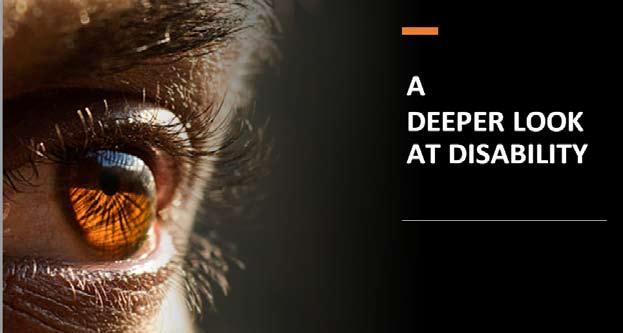
48 Foundations oF direct support: a national training program for direct support practitioners

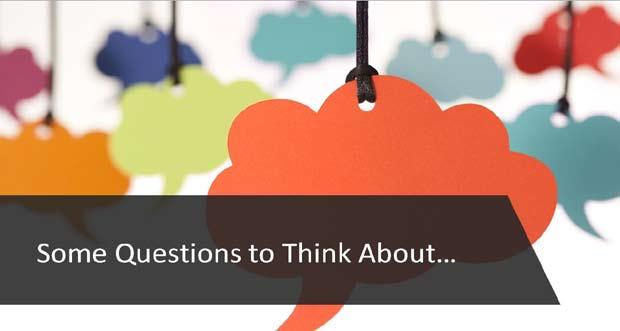
Foundations oF direct support: a national training program for direct support practitioners 49
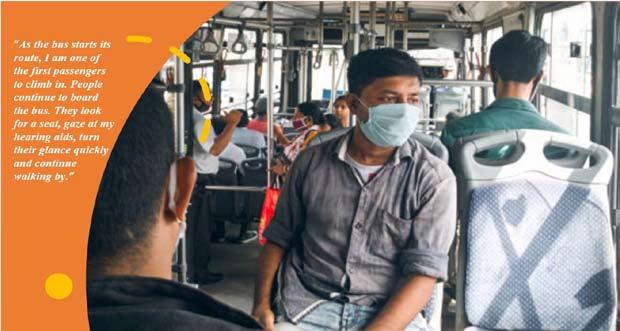

50 Foundations oF direct support: a national training program for direct support practitioners
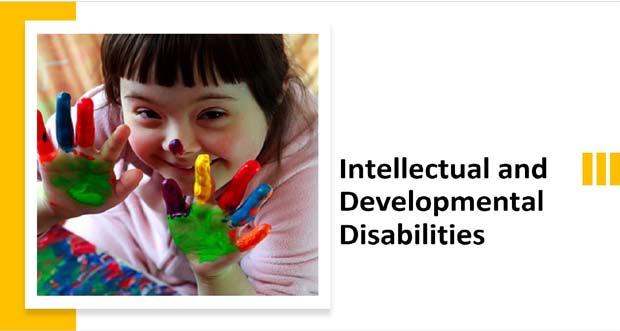
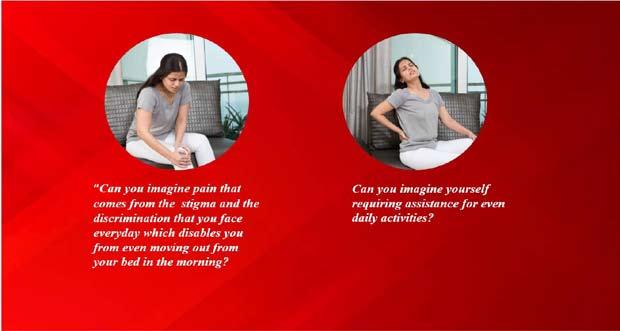
Foundations oF direct support: a national training program for direct support practitioners 51

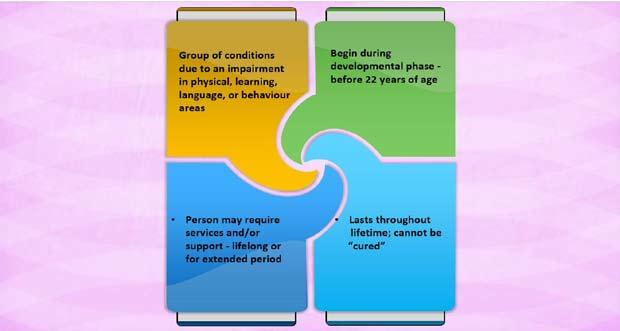
52 Foundations oF direct support: a national training program for direct support practitioners
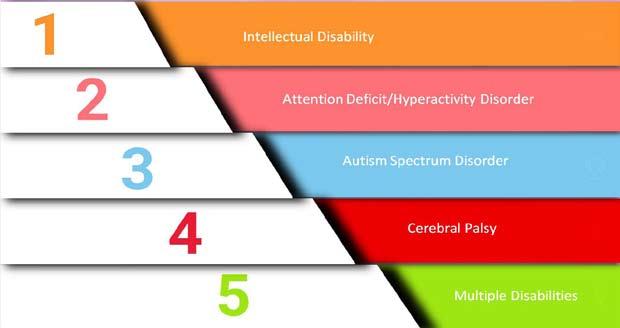

Foundations oF direct support: a national training program for direct support practitioners 53


54 Foundations oF direct support: a national training program for direct support practitioners
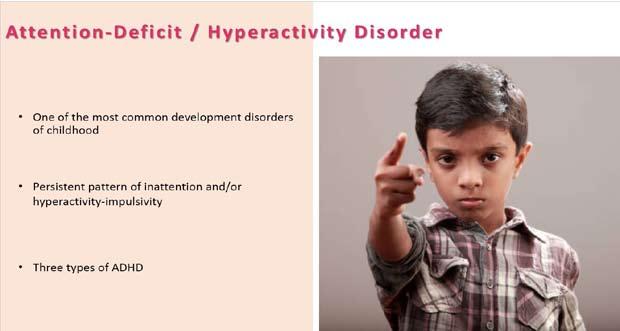

Foundations oF direct support: a national training program for direct support practitioners 55

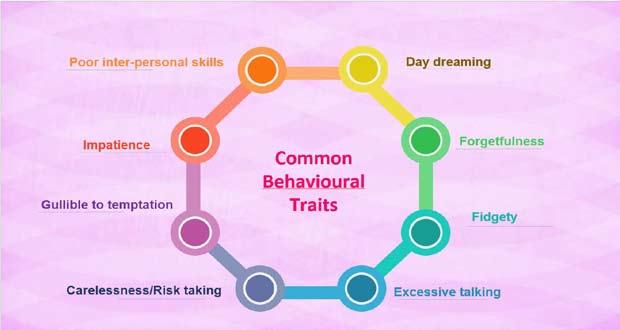
56 Foundations oF direct support: a national training program for direct support practitioners
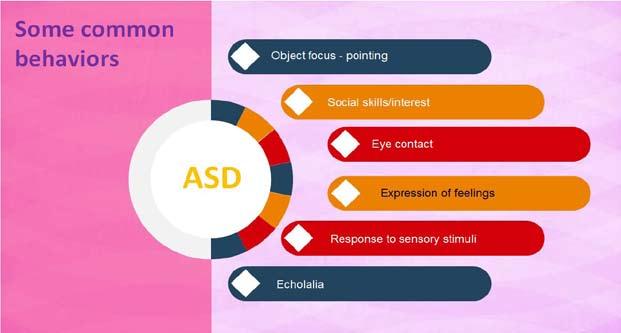
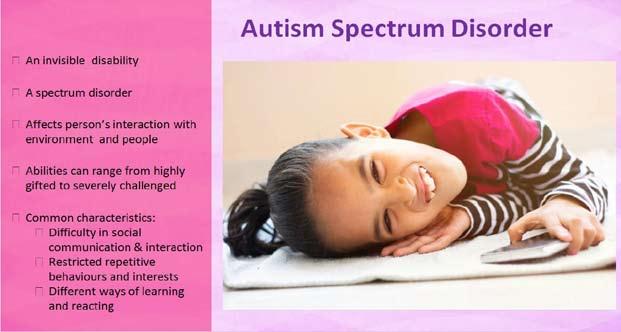
Foundations oF direct support: a national training program for direct support practitioners 57


58 Foundations oF direct support: a national training program for direct support practitioners
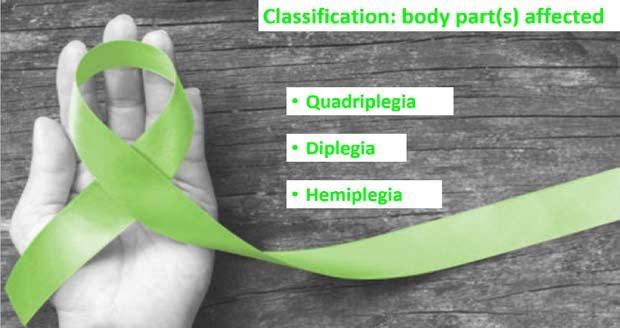

Foundations oF direct support: a national training program for direct support practitioners 59
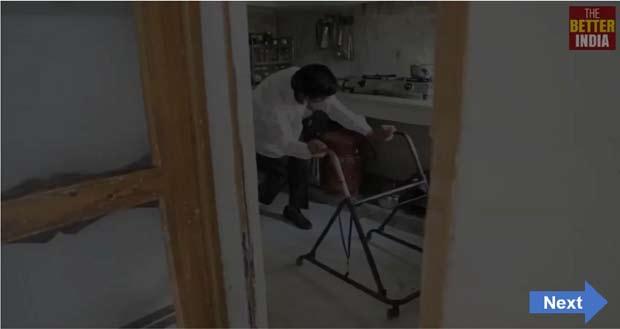
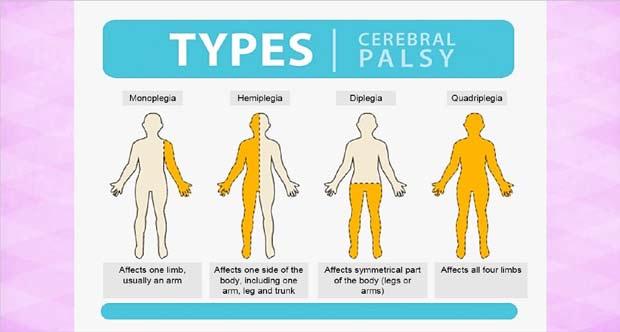
60 Foundations oF direct support: a national training program for direct support practitioners
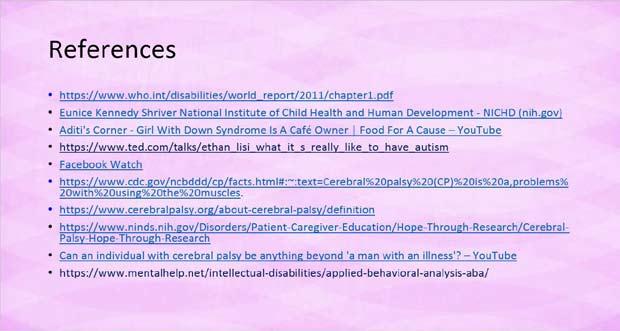

Foundations oF direct support: a national training program for direct support practitioners 61
By empowerment I mean connecting with a community of peers and caregivers on a mutually respectful level, and fully participating in the decisions affecting one’s life.
- David Fisher
module 2: understanding direct support services
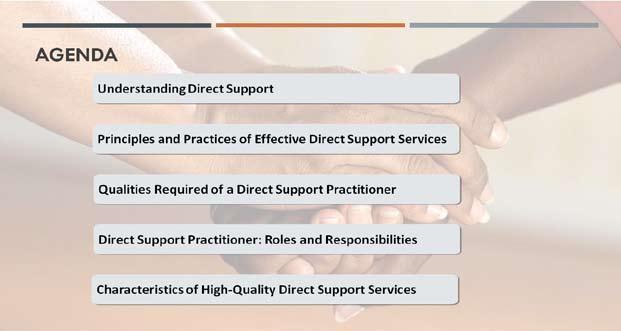
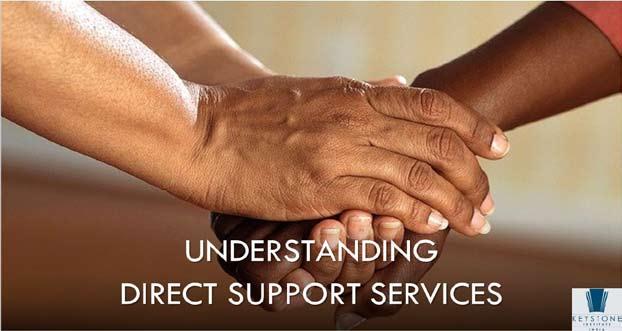
Foundations oF direct support: a national training program for direct support practitioners 65
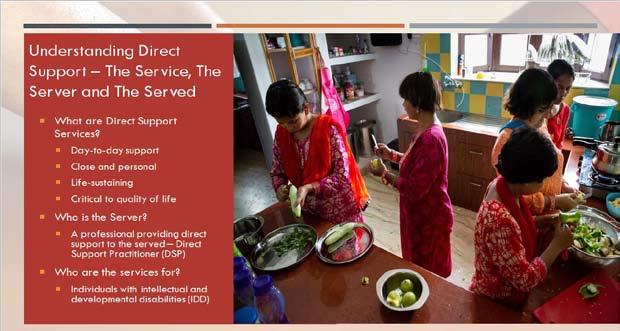
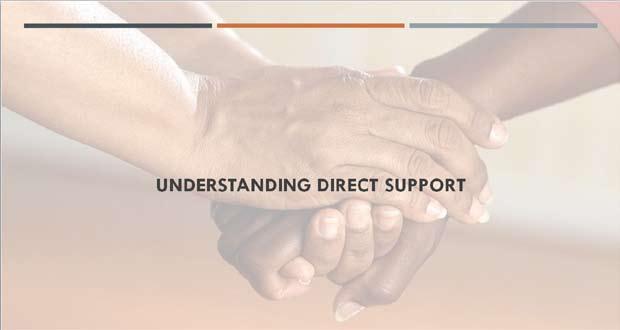
66 Foundations oF direct support: a national training program for direct support practitioners

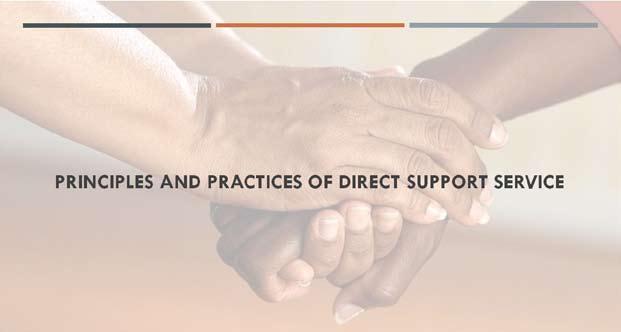
Foundations oF direct support: a national training program for direct support practitioners 67

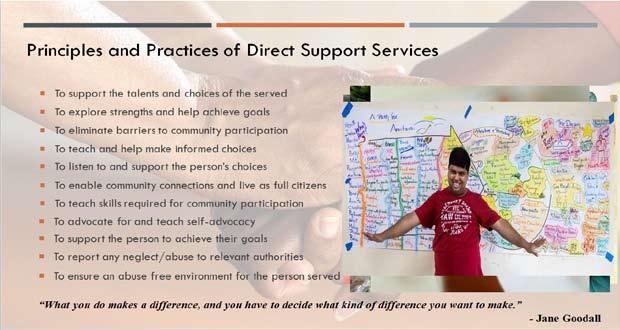
68 Foundations oF direct support: a national training program for direct support practitioners

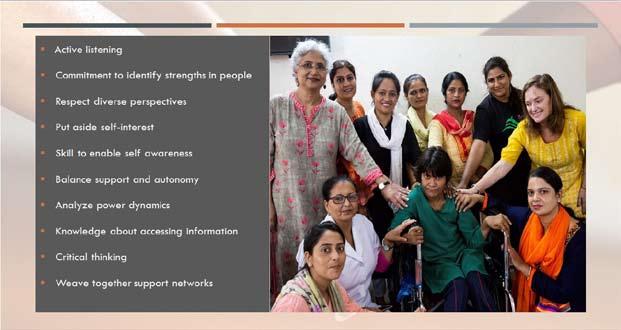
Foundations oF direct support: a national training program for direct support practitioners 69

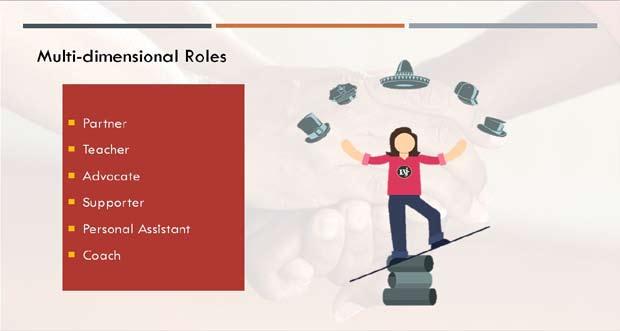
70 Foundations oF direct support: a national training program for direct support practitioners
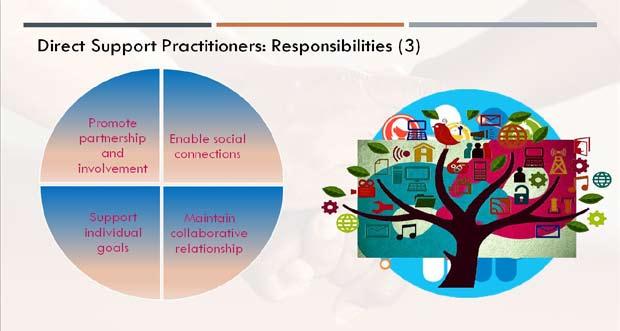

Foundations oF direct support: a national training program for direct support practitioners 71
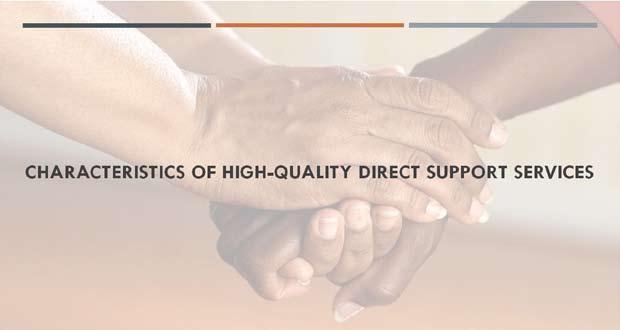
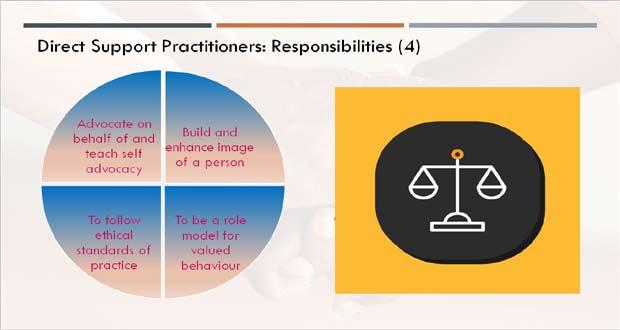
72 Foundations oF direct support: a national training program for direct support practitioners
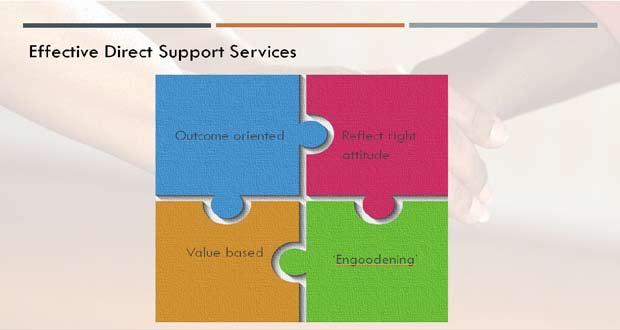
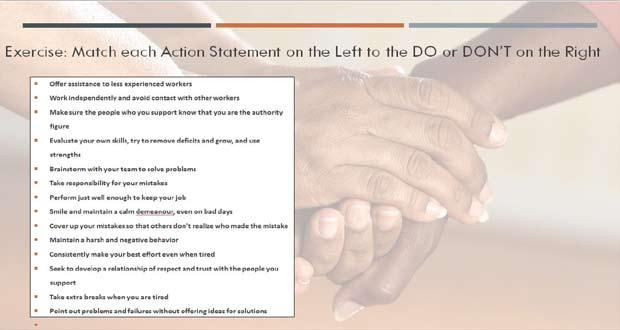
Foundations oF direct support: a national training program for direct support practitioners 73

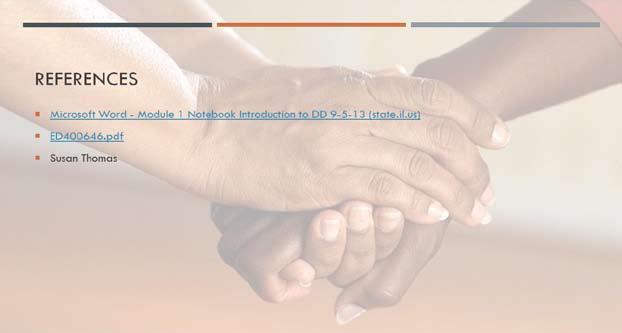
74 Foundations oF direct support: a national training program for direct support practitioners
What you do makes a difference, and you have to decide what kind of difference you want to make.
- Jane Goodall
module 3: code of values & ethics
CODE OF ETHICS
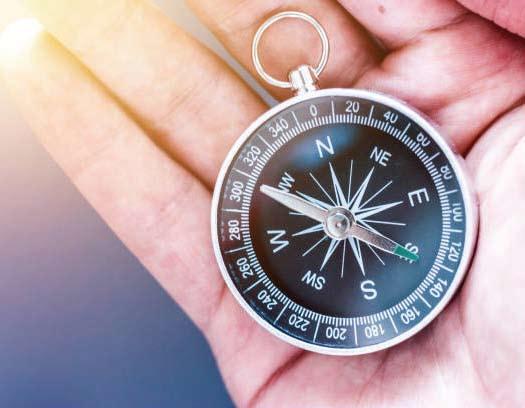
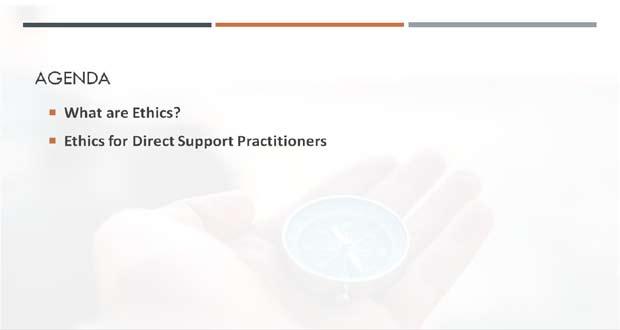
Foundations oF direct support: a national training program for direct support practitioners 77

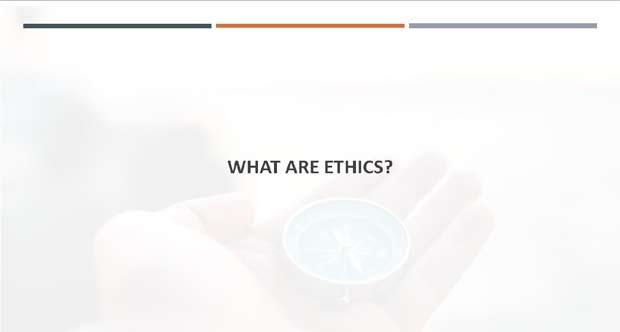
78 Foundations oF direct support: a national training program for direct support practitioners


Foundations oF direct support: a national training program for direct support practitioners 79
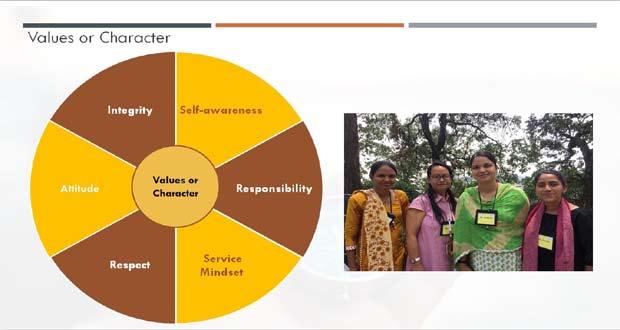

80 Foundations oF direct support: a national training program for direct support practitioners

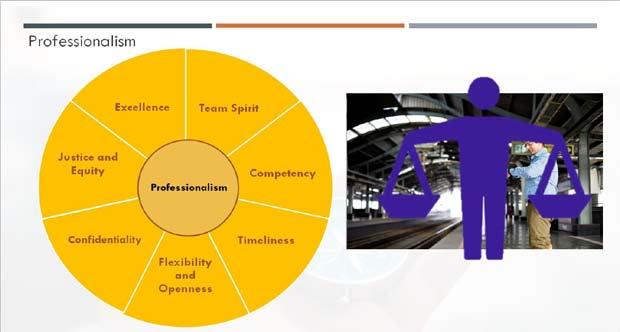
Foundations oF direct support: a national training program for direct support practitioners 81


82 Foundations oF direct support: a national training program for direct support practitioners
A person unaccustomed to sharing a dream needs a careful listener. A person whose dream calls for a change in his relationship with an important helper, needs respectful validation and the listener’s willingness to figure out a changing relationship.
- John & Connie Lyle O’Brien
module 4: person-centred thinking
Person Centered Thinking & Planning
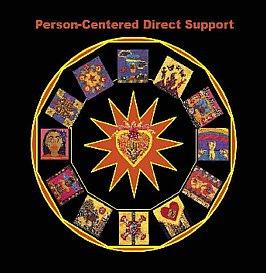
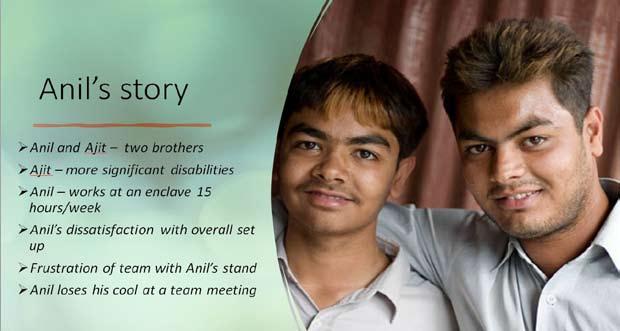
Foundations oF direct support: a national training program for direct support practitioners 85
Person CenteredThinking can Guide Us…
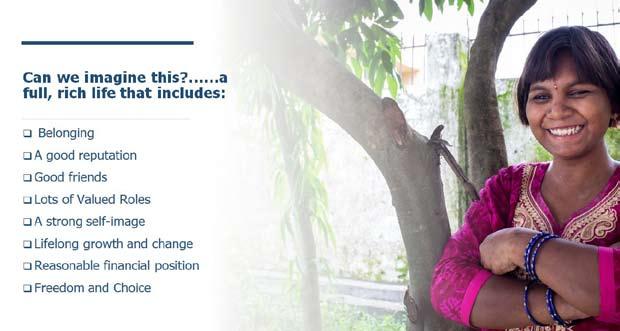

86 Foundations oF direct support: a national training program for direct support practitioners
What is Typical?


Foundations oF direct support: a national training program for direct support practitioners 87
System Centered….. Tries to fit people into programs….



88 Foundations oF direct support: a national training program for direct support practitioners
Programs often want to “service people”






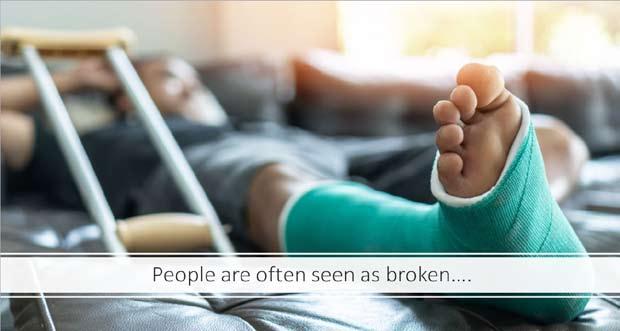
Foundations oF direct support: a national training program for direct support practitioners 89






90 Foundations oF direct support: a national training program for direct support practitioners
All Sorts of LABELS get applied….




Foundations oF direct support: a national training program for direct support practitioners 91


92 Foundations oF direct support: a national training program for direct support practitioners
Then and only then….
And the program sets about trying to fix the person….
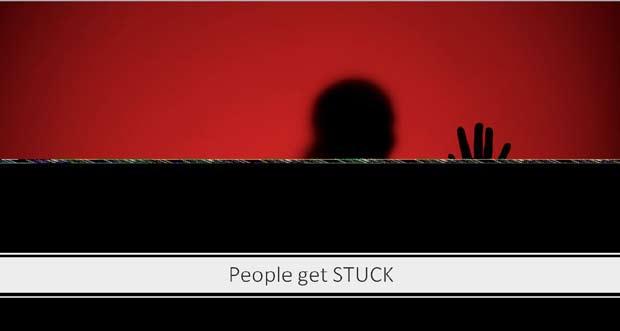

Foundations oF direct support: a national training program for direct support practitioners 93 Problems with program/system thinking • • • • • •
Person Centred Thinking takes a VERY DIFFERENT perspective…
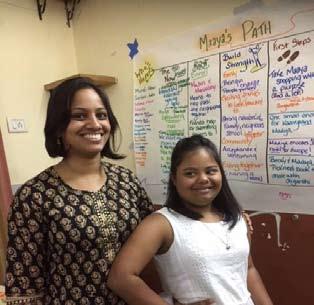
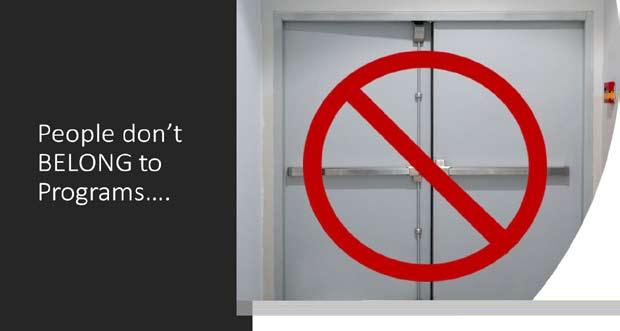
94 Foundations oF direct support: a national training program for direct support practitioners
People Belong to Themselves….
…. Their Families
… and their Communities….

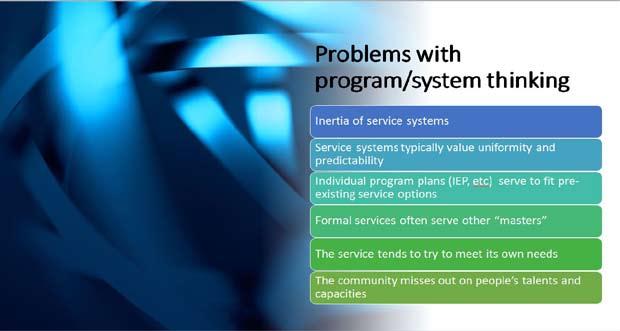
Foundations oF direct support: a national training program for direct support practitioners 95


96 Foundations oF direct support: a national training program for direct support practitioners
Foundations oF direct support: a national training program for direct support practitioners 97
“Important To” and “Important For”
BETSY
“Important To” and “Important For”
to for
How about one person with a disability you work with?

98 Foundations oF direct support: a national training program for direct support practitioners
Ajit’s Strengths….


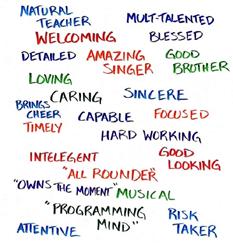

Foundations oF direct support: a national training program for direct support practitioners 99
How well do you know the person you support?
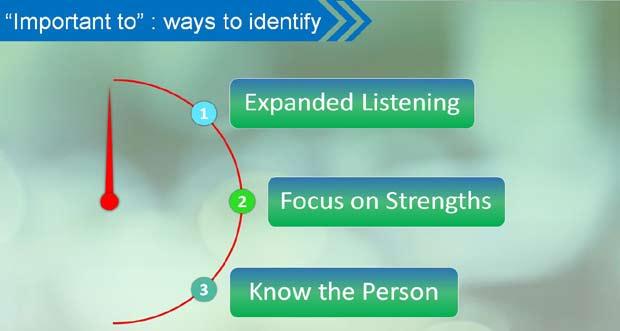

100 Foundations oF direct support: a national training program for direct support practitioners
• • • • • • •




Foundations oF direct support: a national training program for direct support practitioners 101
“A person centered plan can help those involved with the focus person see the total person, recognize his or her desires and interests, and discover completely new ways of thinking about the future of the person.”
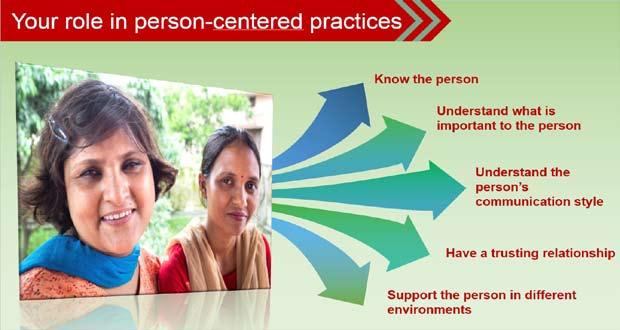
102 Foundations oF direct support: a national training program for direct support practitioners
Mother Teresa
module 5: orientation to social role valorization
If we have no peace, it is because we have forgotten that we belong to each other.
-
Direct Support Professionals have


a BIG impact
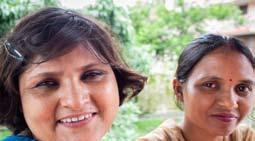
Foundations oF direct support: a national training program for direct support practitioners 105
• • •
Our Goal: The Good Things of Life
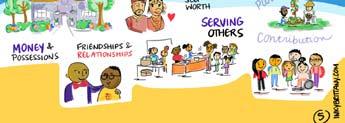

106 Foundations oF direct support: a national training program for direct support practitioners
Agenda
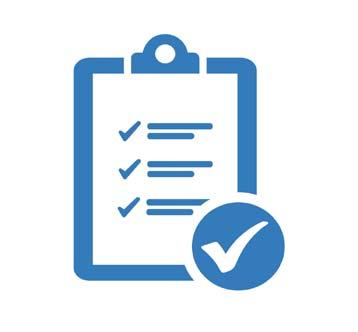

Foundations oF direct support: a national training program for direct support practitioners 107
“What do you think are the “good things of life” that you think most people are hoping to gain?”
What Stands in the Way?
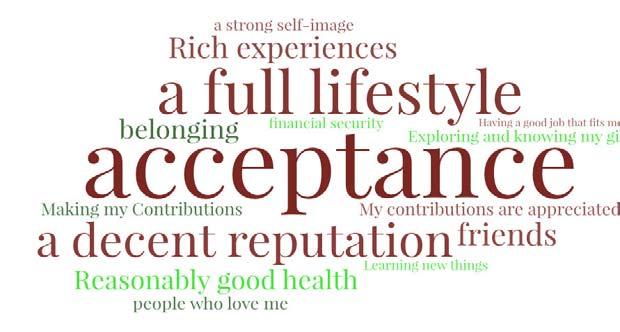
The problem is…..


108 Foundations oF direct support: a national training program for direct support practitioners
Social Devaluation
The “Wounds” of Devaluation



Foundations oF direct support: a national training program for direct support practitioners 109


110 Foundations oF direct support: a national training program for direct support practitioners
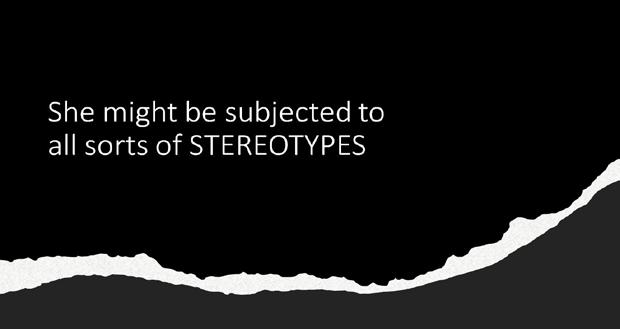

Foundations oF direct support: a national training program for direct support practitioners 111
What are some of the negative stereotypes you are aware of?

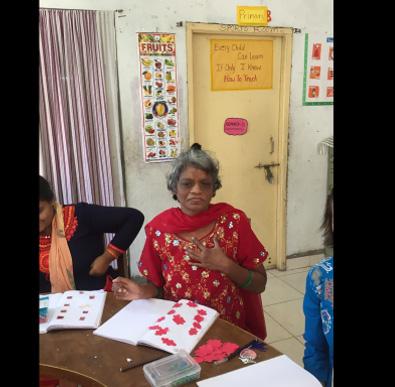
112 Foundations oF direct support: a national training program for direct support practitioners
The “Eternal Child”
Object of Pity
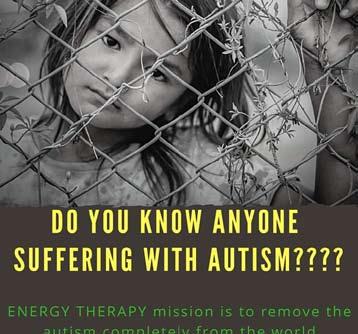
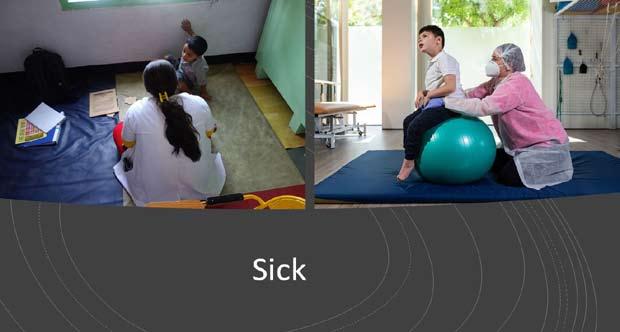
Foundations oF direct support: a national training program for direct support practitioners 113
Object of Ridicule


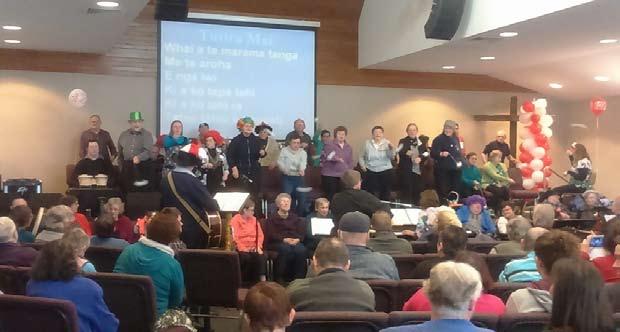
114 Foundations oF direct support: a national training program for direct support practitioners

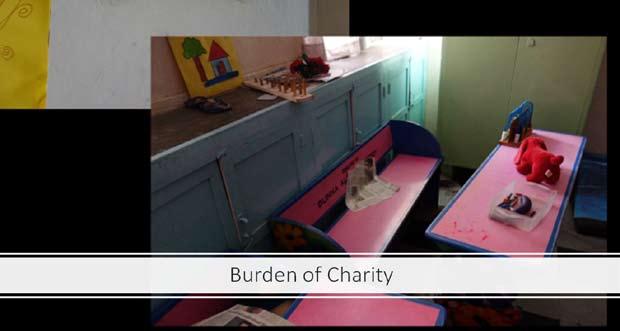
Foundations oF direct support: a national training program for direct support practitioners 115
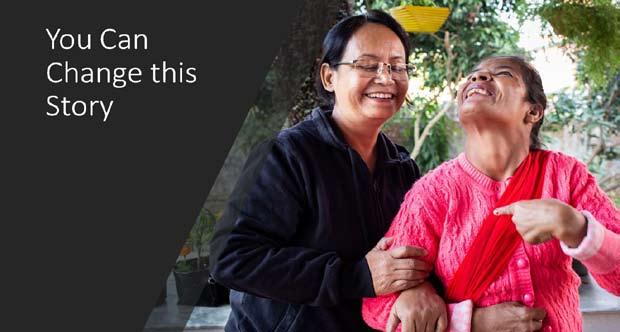
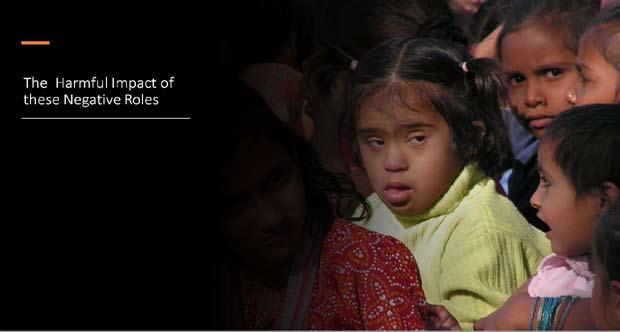
116 Foundations oF direct support: a national training program for direct support practitioners
And What ARE the Good Things of Life?
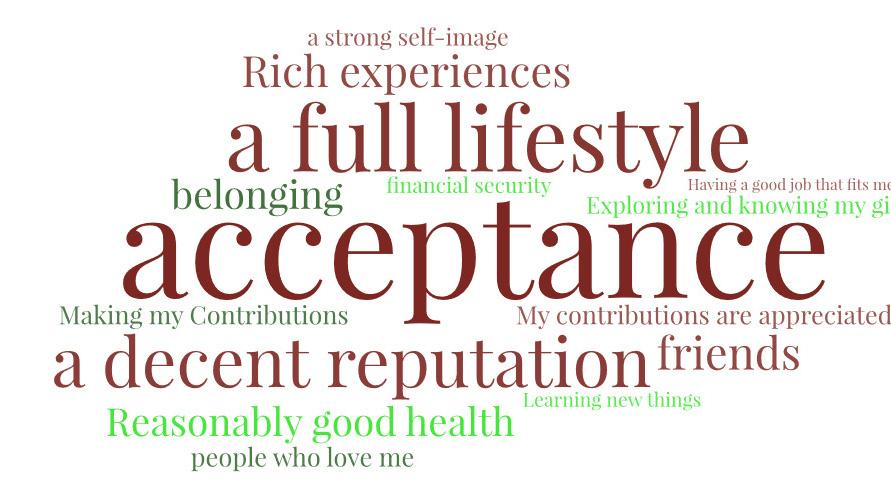
Foundations oF direct support: a national training program for direct support practitioners 117







118 Foundations oF direct support: a national training program for direct support practitioners EMPLOYEE The Good Things of Life Valued Social Roles Financial Stability Opportunities Freely-Given Friendships A Robust Self-Image Belonging and Acceptance A Rich, Full Lifestyle
EMPLOYEE

Money/Benefits


Opportunities

Friends and Colleagues
Reputation and SelfImage
Belonging


Personal Growth



Foundations oF direct support: a national training program for direct support practitioners 119
Going Swimming
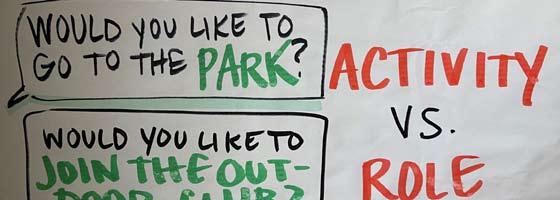


120 Foundations oF direct support: a national training program for direct support practitioners
But being a SWIMMER is a Social Role



Foundations oF direct support: a national training program for direct support practitioners 121
Think Age Appropriate!


122 Foundations oF direct support: a national training program for direct support practitioners
•
An Adult Artist



Foundations oF direct support: a national training program for direct support practitioners 123
Small Groupings are generally better
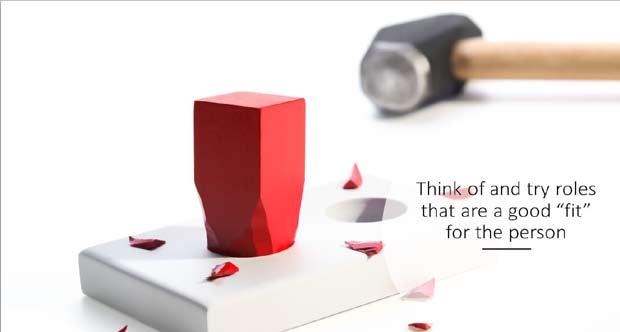
124 Foundations oF direct support: a national training program for direct support practitioners

Foundations oF direct support: a national training program for direct support practitioners 125


126 Foundations oF direct support: a national training program for direct support practitioners
their Best
Help People Look
Opportunities
Freely-Given Friendships

Financial Stability


A Robust Self-Image


Belonging and Acceptance
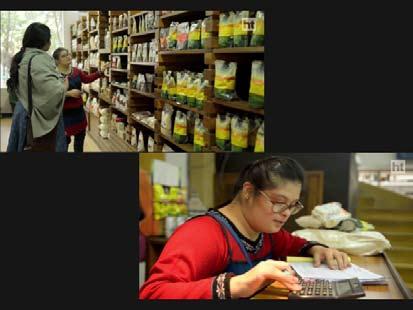
A Rich, Full Lifestyle

Foundations oF direct support: a national training program for direct support practitioners 127
The Good Things of Life Valued Social Roles
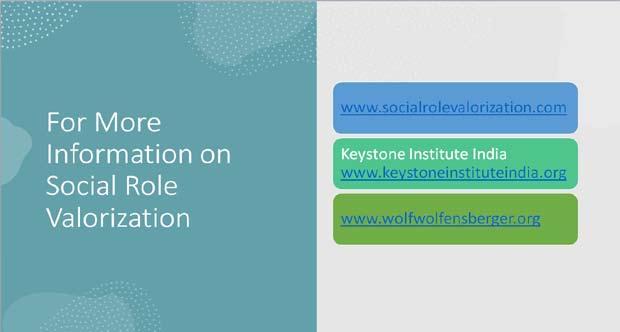
128 Foundations oF direct support: a national training program for direct support practitioners

Keystone Institute India B-6/22, First Floor, Safdarjung Enclave New Delhi – 110029 Tel: 011 49053451/52 | www.keystonehumanservices.org













































































































































































































